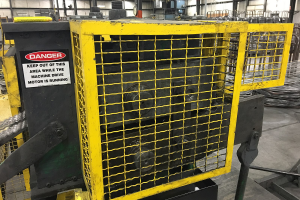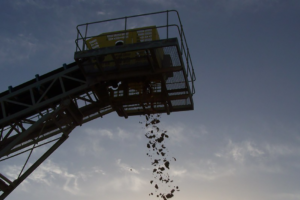Maximum OSHA fines to go up substantially
Today’s guest blogger is attorney Andrew Kaake of Cincinnati
If you are like me, when you first heard that Congress and the President had agreed upon a bipartisan budget bill that would fund the government for the next two years, you said to yourself, “It’s about time.” But as proof that nothing comes free, buried deep in the bill is a provision that will raise the maximum OSHA fines by roughly 80 percent in 2016.
This means that the maximum cost of a “serious” citation will rise from $7,000 to $12,500; a repeat or willful citation will carry a maximum penalty of $125,000.
These hikes in OSHA fines are found in Section 701 of the bill, which is titled the “Federal Civil Penalties Inflation Adjustment Act Improvements Act of 2015.” This section amends a prior law and dictates that:
- OSHA make a one-time “catch-up” adjustment to penalties based on their value in the last update prior to 1996 and the change in the Consumer Price Index between that date and October 2015. This results in roughly a 80 percent increase in maximum OSHA fines.
- The proposed one-time increase then must be published for comment through the interim final rule-making process by no later than July 1, 2016, and made effective by August 1, 2016.
- The new law allows the secretary of a covered agency (in OSHA’s case, Dr. David Michaels) to adjust fines by less than the new formula amount, but only through rule-making and only if the secretary finds that increasing the penalty by the required amount will have a negative economic impact or that the social costs outweigh the benefits. The director of the Office of Management and Budget must also agree with this determination.
- After the initial “catch up” adjustment, OSHA will be required to make annual changes to penalties based upon the CPI, using data from October of the prior year. Starting in January 2017, OSHA will be required to publish fine increases by January 15 of each year. These annual adjustments will not require formal rule-making.
OSHA has been pushing legislation to raise the maximum fine amounts for years. They have finally accomplished that goal, albeit in an unexpected way. So, if you were looking for a reason to evaluate and beef up your company’s safety program, now is the time. Given the huge change in the maximum penalty amounts, any money you invest on prevention may pay dividends if an OSHA compliance officer pays your organization a visit.


